I had no idea that my life could be transformed by a pig. Or pigs, rather.
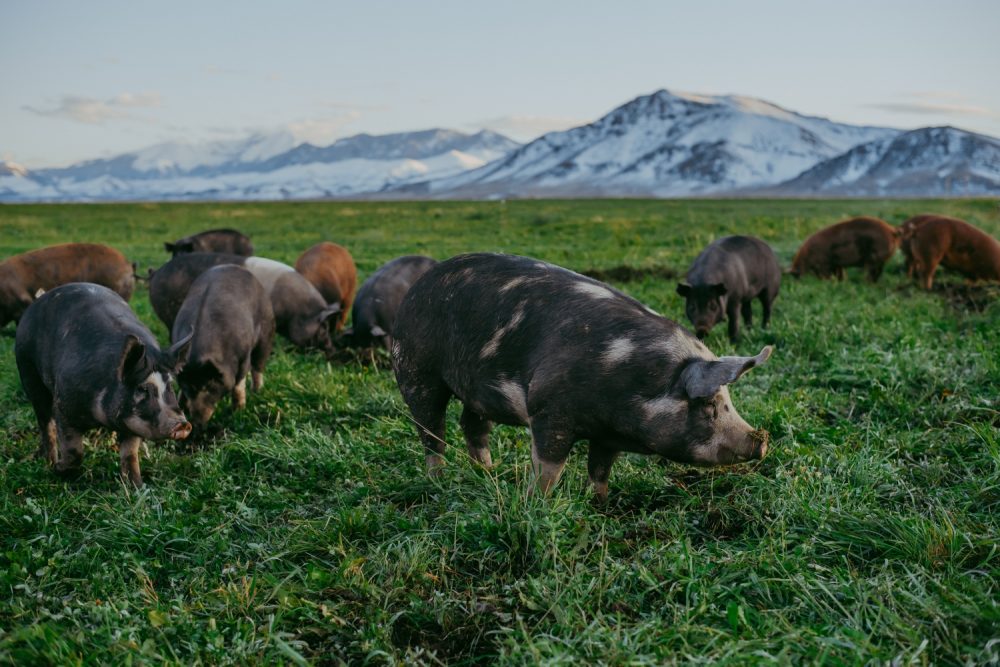
It started with the horses. They were the first teachers. We had them on some of our worst ground. I call it the worst because it was comprised of only quackgrass. This European non-native grass species was a ready and willing invader of some of our highest potential grasslands.
Quackgrass crowded out all other grasses, choked clover and alfalfa. Even dandelions succumbed to the reign of terror imposed by the dreaded plant.
Pastures dominated by the weed became near monocultures. Our diversity of 57 species on the home ranch became more like 10. Sometimes only quackgrass filled the soil niche.
Cows ate it but selected against its lignified stems. And regrowth after grazing was light. In addition, the nutrition to the cow was poor. Not only was quackgrass itself lacking, the choking effects of the grass on other species prevented the plethora of diversity the bovine needed to self-regulate his own nutrition.
Back to the horse. It was late summer, the steeds were fat, and we were late in moving them to their new break if grass. I went out there to check on them and found them rototilling parts of the pasture.
They were digging up dirt with their hooves, and happily munching on roots. One gray mare, Sugar looked up at me as I approached. Her white muzzle was brown with dirt. I think she smiled at me. She chomped away at”¦something”¦ as excess dirt spilled from between her muddy teeth.
I had to know. Standing beside her on her next excavation of earth, I saw the object of her quest: it was a root, light green in color, and she was seeking the tender tips of it.
I had to try one. Or two.
Reaching down into the dirt, I broke off several, dusted them off, and ate them. Right away I felt rewarded. Tender, sweet and beany combined with asparagus.
They were wonderful.
I pulled the root back to confirm the plant origin of said root. It was none other than that bastard colonizer and corruptible quackgrass.
But the mare gave us an idea. That same mare who bucked her loving and kind owner off into the sky and then to unconsciousness (Linnaea, third daughter), who bit and kicked her way to the top of the horse flesh heap, who carried equine gluttony and obesity to new levels. That mare aptly named Sugar.
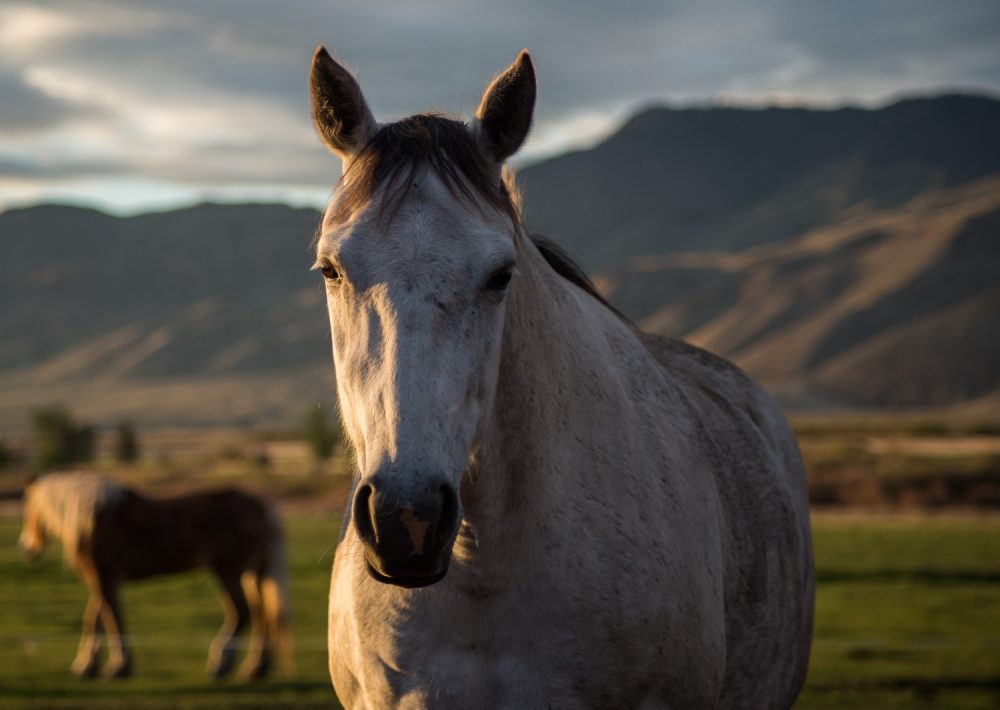
That idea hatched and took root in my wife’s and my minds. And grew.
The pigs are on their third year on Alderspring. There are not a lot, and they are solely the business of daughter Abby and her husband, Ethan. After apprenticing literally all over the world, they came back pastured pig experts to a large degree. It was one of those beautiful times in life where things come to intersect that you never foresaw.
You see, Caryl and I had a hunch that pigs would like that quackgrass root, as the horses did. And we were right. As soon as we turned them out in the meadow that was dominated by quackgrass, the pigs put their heads down. Now they were just little guys, but they started plowing. And plowing, hungrily harvesting the sweet roots–the stolons of quackgrass. And they followed them, uprooting their long horizontals until they were nearly gone, uprooted from the soil. Decimated.
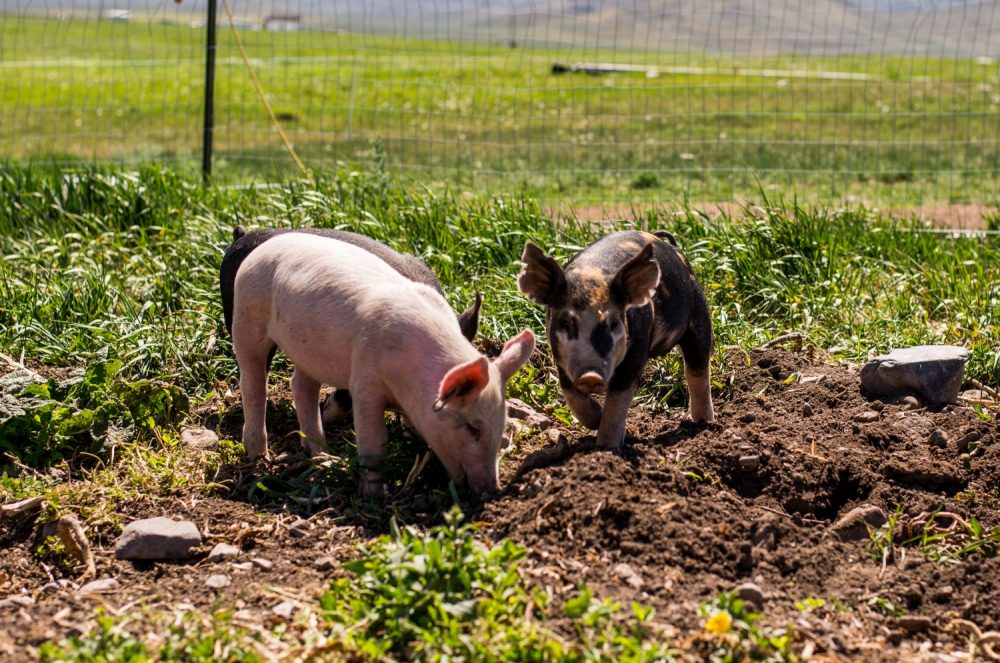
The only problem was that it looked like we did bomb testing in our meadows where the pigs were rotationally grazed. More like a controlled bomb test, as they only turned a few acres over–where they were hotwire limited. It was only a total of about 6 acres of some of our densest quackgrass pasture on Alderspring.
Enter cover crops. Ethan and I had heard several presenters talk about cover cropping, mostly in cropland systems, and using that as a tool to restore and regenerate broken landscapes by providing a large input of organic matter to the soil. And so, this summer, we learned about cover crops. My brother, Jerry, who lives in the next valley, was already a cover pioneer for central Idaho.
Ethan and Jerry put together a very interesting seed mix, based on what Jerry had work with before. Alderspring had never seen such seed. They were all annual crops, and all had very specific purposes for soil restoration. In addition, the pastured hogs would have one last shot at this land, and cycle in all the carbon/organic matter that these plants produced.

There were turnips and radishes–of great length and width to allow penetration of water and air into the soil profile once they either get eaten or, if left underground, to rot. There were oats for the pigs to strip off the stem, and graze as well as sorghum sudangrass, an African annual that can grow as tall as 6 ft tall, creating a massive amount of biomass.
Then there was a vetch that climbed all, a legume, that fixed nitrogen back into the soil, and several other small grains that filled all spaces with bio-compostable material.
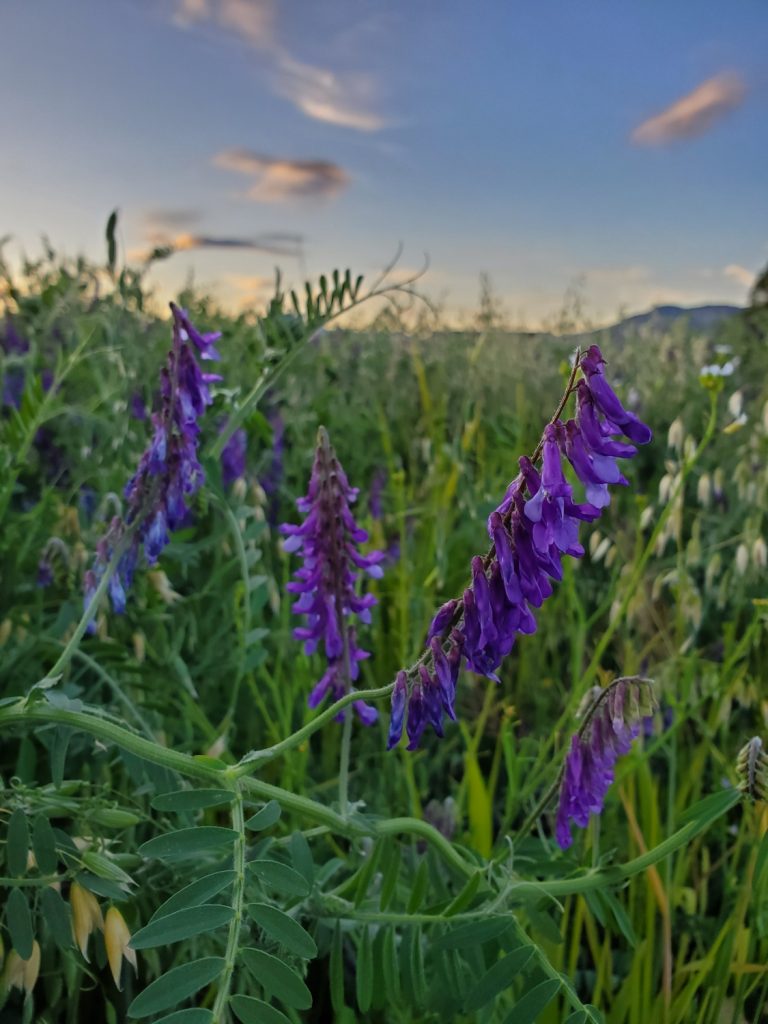
It grew like crazy. We’d never seen anything like it. Neither had the pigs. They would get lost in it. They would eat this living salad bar, and revel in the choice of seemingly unlimited graze. In some places, growth was nearly 5 feet tall. And the root crops penetrated the soil.
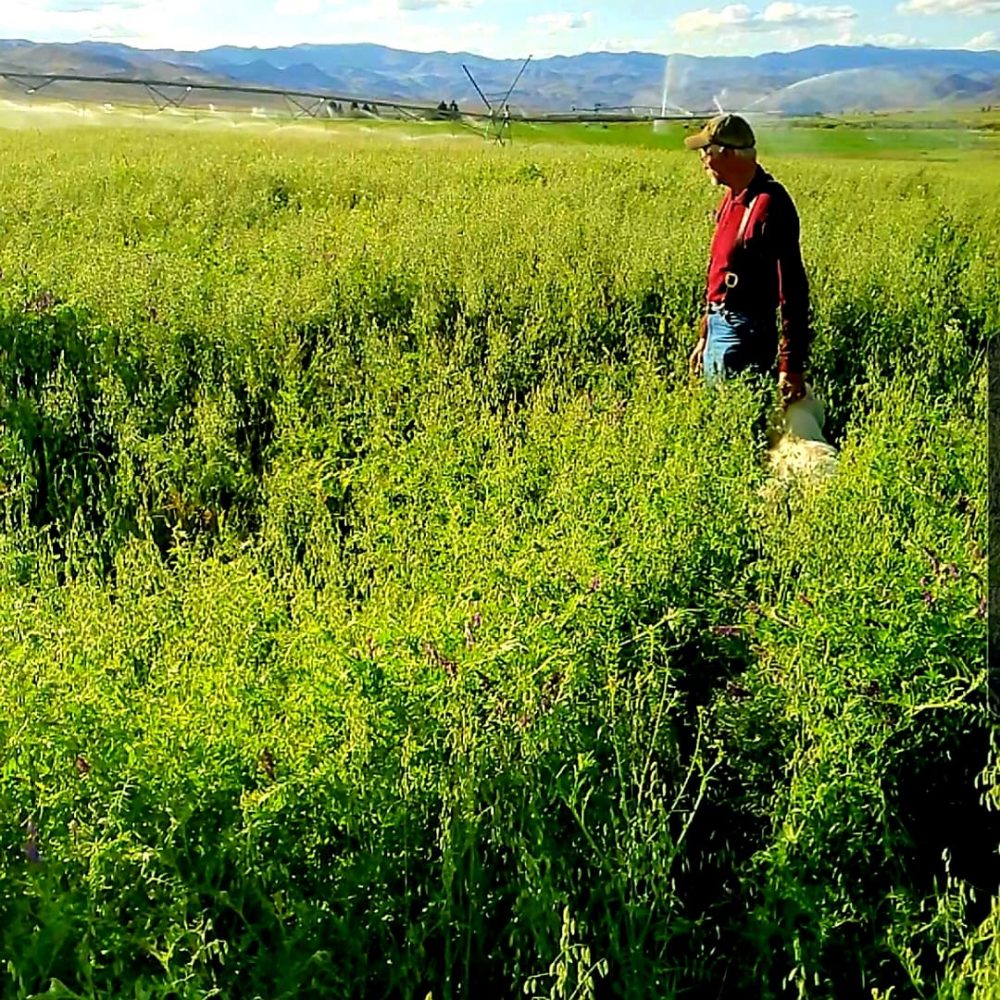
And under it all, we couldn’t find a surviving sun loving quackgrass. It was the one-two punch we needed, I think.
The pigs ate the cover crops it to the ground. And Ethan would move them to the next paddock. And so it went on. Some of the plants even regrew for fall grazing.
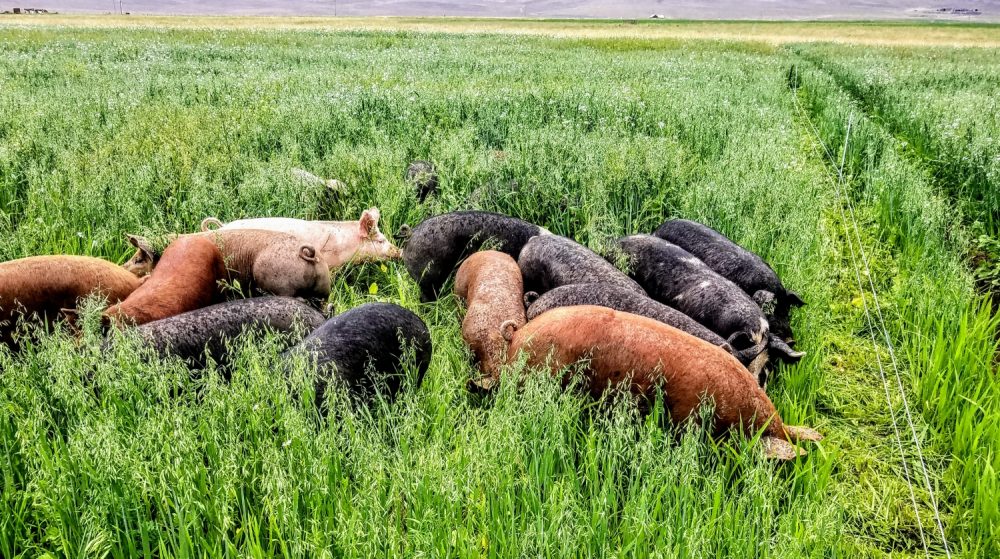
Next year, our ground will be renewed. We’ll plant our starting seed mix of a high diversity perennial pasture type. And a new diversity of naturalized species will take hold, with far less quackgrass to contend with.
Because of the humble pig (the spider Charlotte, after all, was right, as was her author, E.B. White).
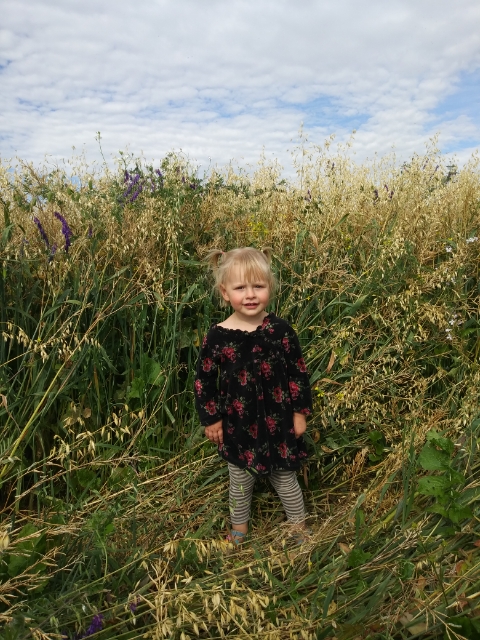
We never thought we’d learn from the likes of horses and harness instead the power of pigness. But then again, this life on Alderspring takes us to brave new worlds when we remember to mimic nature. And to never forget to listen and learn.
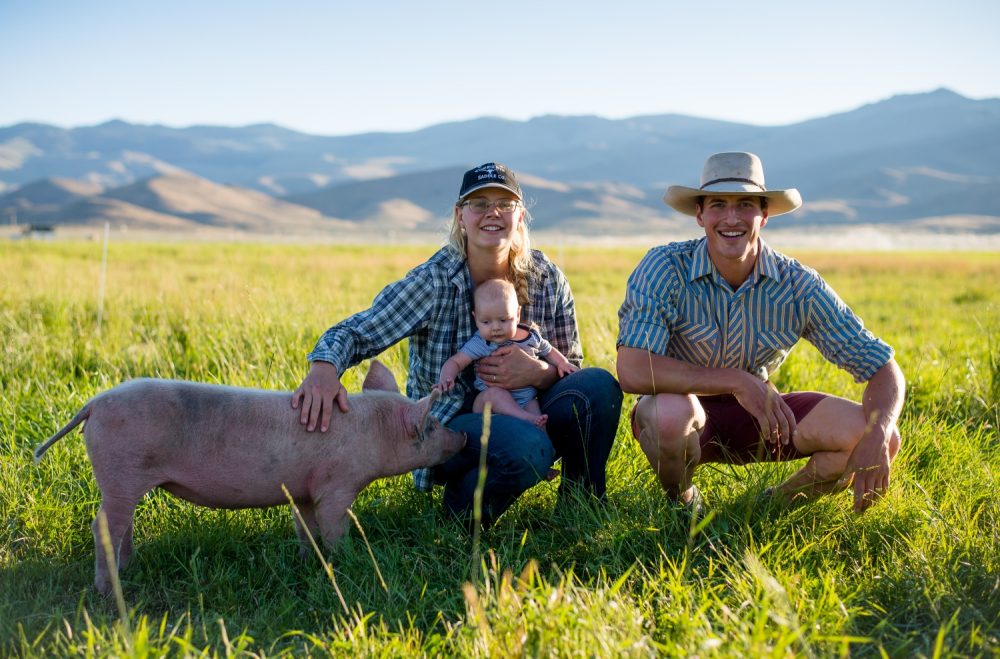

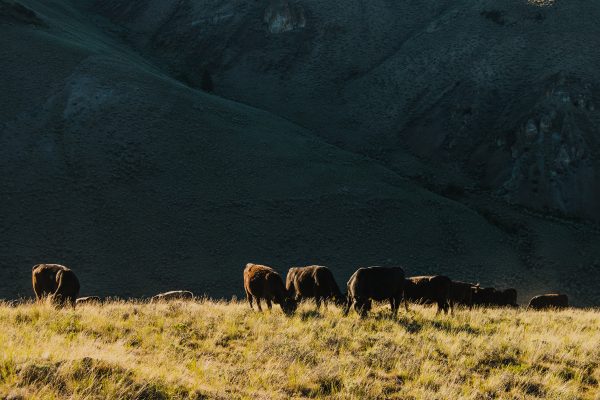
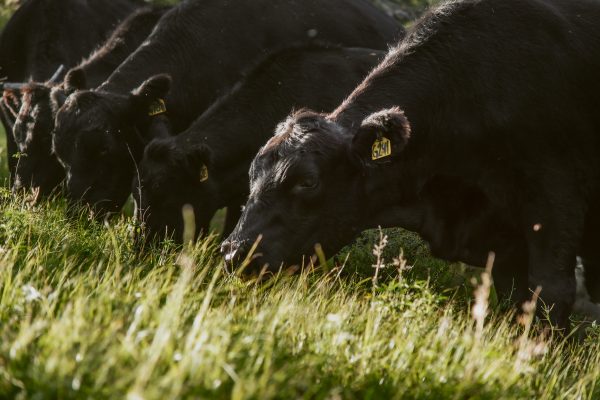

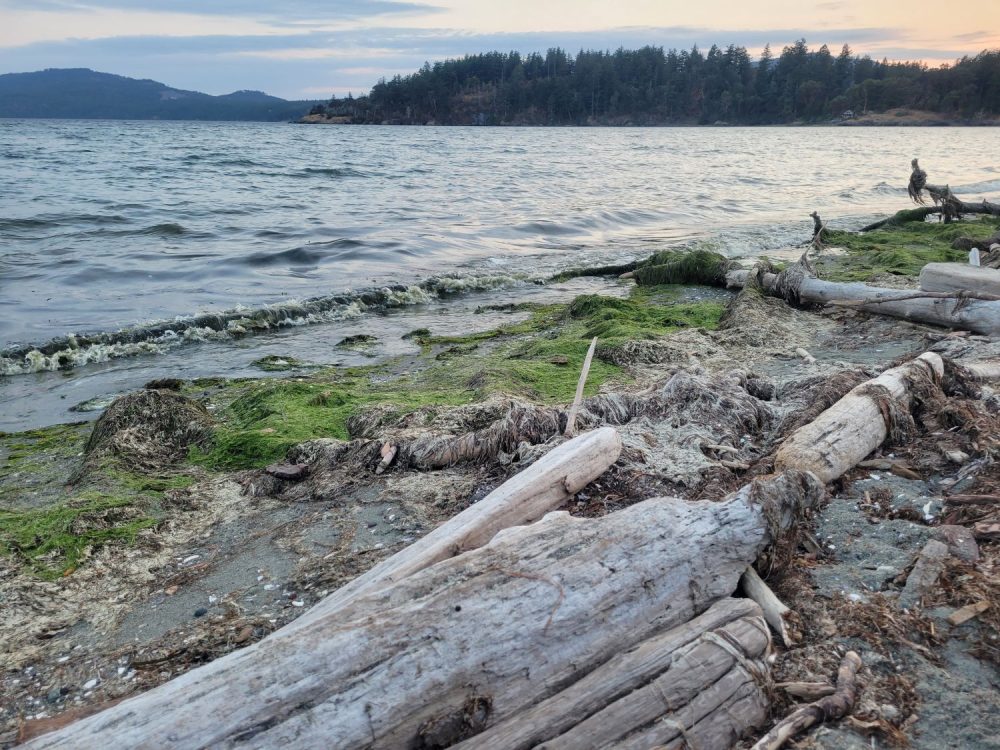
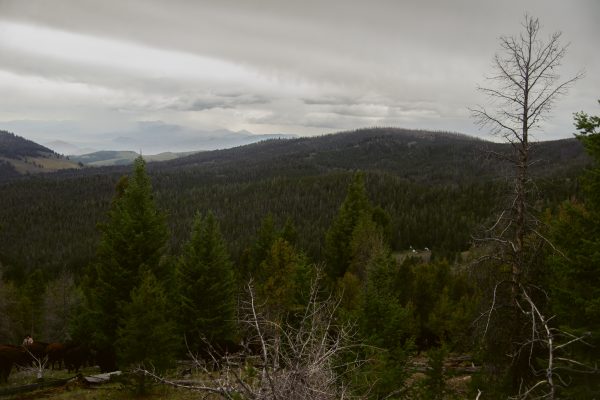
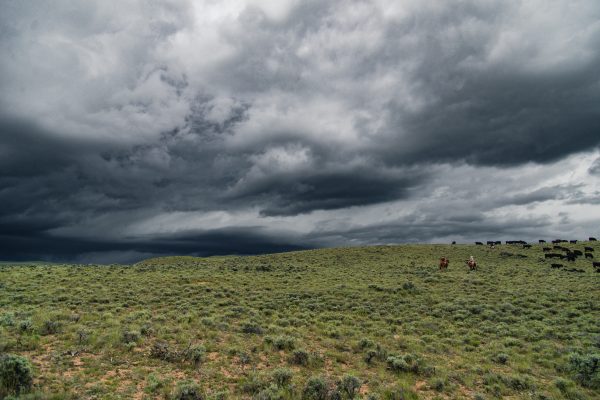
John Madany
I just finished my breakfast of Alderspring pork sausage and eggs before reading this newsletter. The sausage is excellent and reading the story behind it makes it all that much better.
It is always a pleasure to know that after harvest the land was better off than before. The opposite of mining the soil.
Caryl Elzinga
Thank-you, Dr. John! I know that you are one of the rare physicians that “gets” the soils/husbandry/human health connection.
Dave
How do you keep the quackgrass/sundangrass or whatever else was planted this year from over growing what your going to plant next year?
Caryl Elzinga
All of the planted species this year were annuals, so they will not be a problem for next year. The organic matter produced by the annuals will add to the soil organic matter. What will be interesting to us is how much quackgrass seed is in the seedbank and how it will express next summer when we plant desired perennials. This is all an experiment! But so far we are happy with the results.
Mayala McCormick
Thank you for this. I am looking for ways to enrich the biodiversity of my land and these are perfect examples!
Caryl Elzinga
Thank-you, Mayala!
DONNA GATES
After being diagnosed with metastasized breast cancer to the liver I was on a mission to nourish my body with high quality proteins. One of my clients began bringing me gifts of Alderspring grass fed beef. At 56 years old, I believe I have never truly tasted beef. I love your family story and your mission. I will continue to receive your monthly subscription with great anticipation as the choices of beef always change. Keeping my liver and my body from ingesting poisons from the foods that I eat is my goal. Thank you for the purest foods to nourish my body.
Caryl Elzinga
Thank-you, Donna! These kinds of comments make me so happy. As a person on my own health journey, to know that what we do blesses someone’s wellness is the highest encouragement to do what we do. -Caryl
Martin FOURNIL
Hello !
After a few weeks of research, reading the same thing all over internet, i finally end up on your website ( from Morocco it’s hard to find ! )
I’m really amazed by the work pigs can do on soil, and considering the invasion of quackgrass i have currently, i think i will go for the pig solution.
I have 1000m² of veggies, how much pigs and how much time i need to remove quackgrass from the top to the roots ?
I’ll start a no dig on another 1000m² in january so i’ll have like 2 months on the first part to let pigs work.
Looking forward your answer !
Martin FOURNIL
Farmer in Morocco